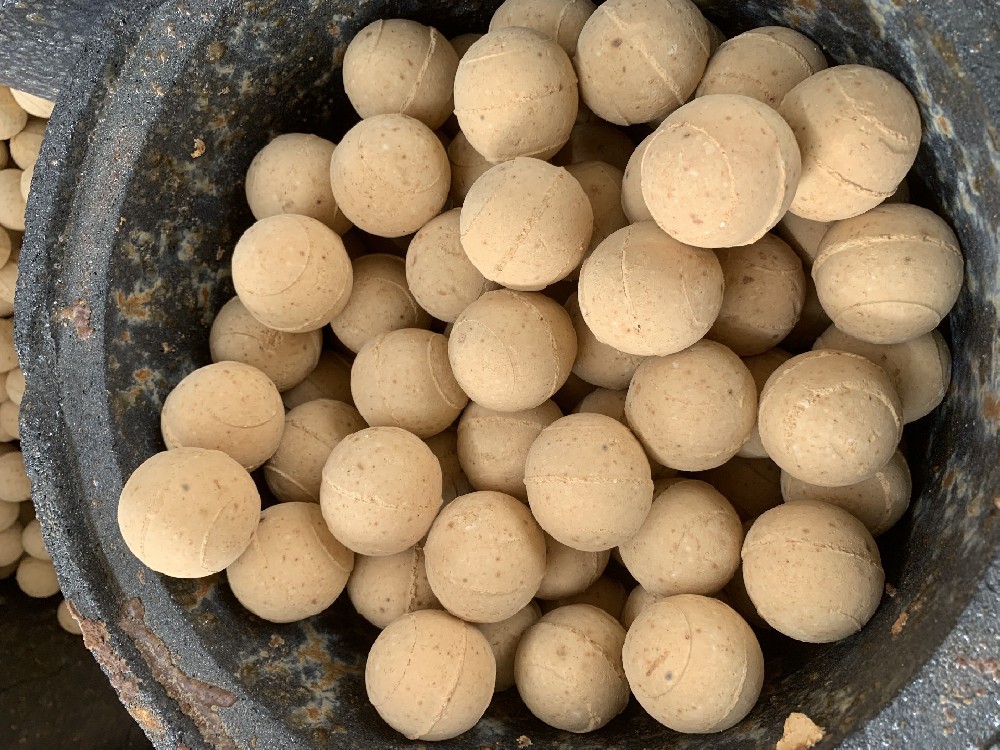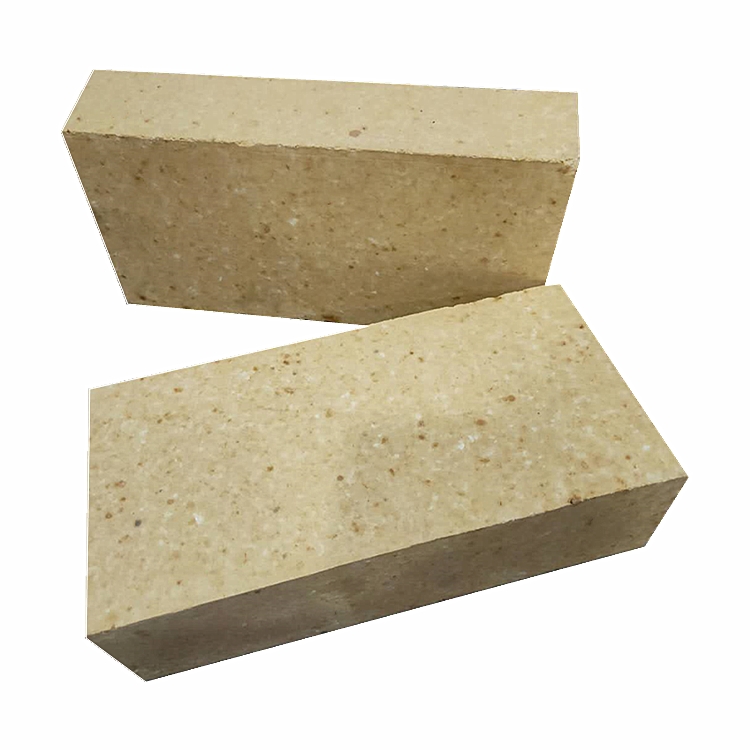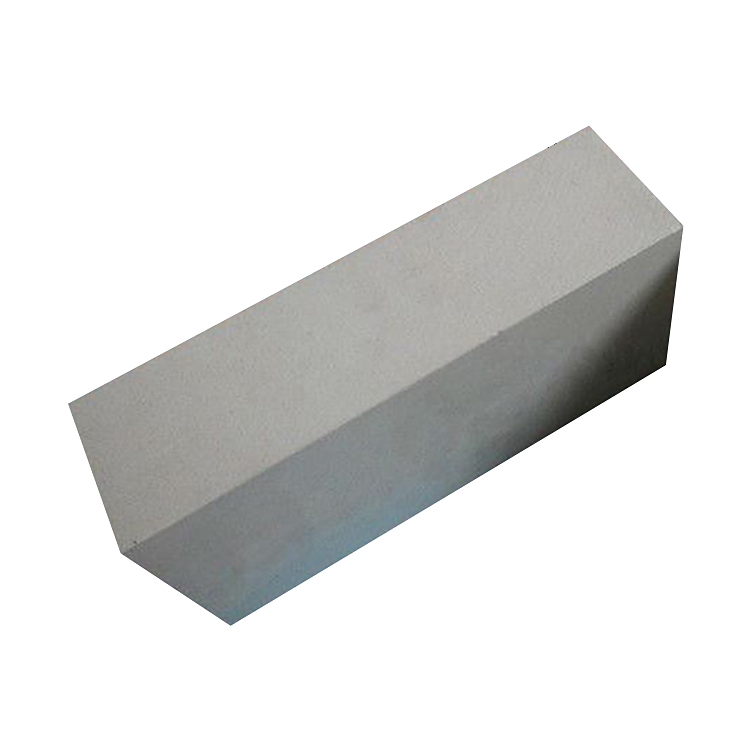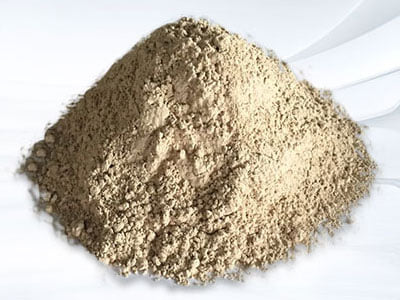Alumina bricks
Classification of refractory alumina bricks
Class I: Al2O3 content ≥75%;
Class II: Al2O3 content 60%~75%;
Class III: Al2O3 content 48%~60%;
It can also be classified according to its mineral composition, generally divided into five categories: low mullite (sillimanite), mullite, mullite-corundum, corundum-mullite and corundum.
Features of refractory alumina bricks
One of the important working properties of high alumina refractory bricks is the structural strength at high temperature, which is usually evaluated by the softening deformation temperature under load. Its high temperature creep property was also measured to reflect its high temperature structural strength. The test results show that the softening temperature under load increases with the increase of Al2O3 content.
For high-alumina refractory bricks with Al2O3 content below 70%, the softening temperature under load depends on the quantity ratio between the mullite crystal phase and the liquid phase, and increases with the increase in the quantity of mullite. The quantity and nature of the liquid phase have a significant effect on the softening temperature under load. Therefore, reducing the impurity content in the raw material is beneficial to improve the softening temperature under load and the creep at high temperature.
The production process of refractory alumina bricks
The molding production methods of high alumina refractory bricks and clay bricks are basically the same. Only some process parameters are different. There are also processes such as crushing → mixing → forming → drying → firing → inspection → packaging. Its compressive stress is better at low temperature but slightly reduced at high temperature, so the stacking in the kiln is less than 1 meter. The production process of high-alumina refractory bricks and multi-clinker clay bricks is similar. The difference is that the proportion of clinker in the ingredients is high, which can be as high as 90%~9%. For example, high alumina refractory bricks such as I and II are generally fired at 1500~1600 °C in tunnel kilns.
Application of refractory alumina brick:
Mainly used for masonry blast furnace, hot blast stove, electric furnace roof, blast furnace, reverberatory furnace, rotary kiln lining. In addition, high alumina refractory bricks are also widely used as open hearth regenerative checker bricks, plugs for pouring systems, nozzle bricks, etc.
-

Thermal storage alumina balls
The Thermal storage alumina ballsis made of industrial alumina and refractory kaolin as the main raw materials through scientific formula, forming and high-temperature calcination.Thermal storage alumina ballss are divid··· -

Anti-stripping high alumina brick
Use description of Anti-stripping high alumina brick1. Anti-stripping high alumina brick has a good application in low temperature parts such as large and medium-sized cement precalciner, kiln smoke chamber, indoor decom··· -

Anti-stripping high alumina bricks
Anti-stripping high alumina bricks are made of high alumina bauxite clinker, mullite, kyanite, zircon sand, and binder after granulating and powdering processes, mixed in a certain proportion, pressed into shape, and fir··· -

silica hot repair refractory
Performance index of silica hot repair refractoryThe material is a kind of plastic unshaped refractory material, its main component is SiO2, it is made of special clinker and various binders and additives, and it is proc···

